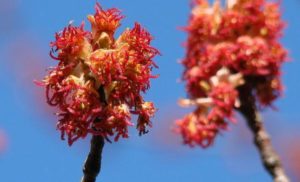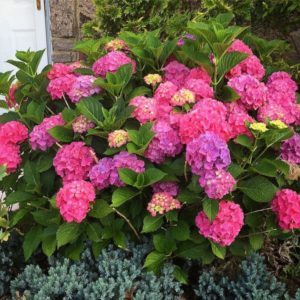Garden Calendar: January
go.ncsu.edu/readext?579960
en Español / em Português
El inglés es el idioma de control de esta página. En la medida en que haya algún conflicto entre la traducción al inglés y la traducción, el inglés prevalece.
Al hacer clic en el enlace de traducción se activa un servicio de traducción gratuito para convertir la página al español. Al igual que con cualquier traducción por Internet, la conversión no es sensible al contexto y puede que no traduzca el texto en su significado original. NC State Extension no garantiza la exactitud del texto traducido. Por favor, tenga en cuenta que algunas aplicaciones y/o servicios pueden no funcionar como se espera cuando se traducen.
Português
Inglês é o idioma de controle desta página. Na medida que haja algum conflito entre o texto original em Inglês e a tradução, o Inglês prevalece.
Ao clicar no link de tradução, um serviço gratuito de tradução será ativado para converter a página para o Português. Como em qualquer tradução pela internet, a conversão não é sensivel ao contexto e pode não ocorrer a tradução para o significado orginal. O serviço de Extensão da Carolina do Norte (NC State Extension) não garante a exatidão do texto traduzido. Por favor, observe que algumas funções ou serviços podem não funcionar como esperado após a tradução.
English
English is the controlling language of this page. To the extent there is any conflict between the English text and the translation, English controls.
Clicking on the translation link activates a free translation service to convert the page to Spanish. As with any Internet translation, the conversion is not context-sensitive and may not translate the text to its original meaning. NC State Extension does not guarantee the accuracy of the translated text. Please note that some applications and/or services may not function as expected when translated.
Collapse ▲January Garden Calendar
Plants in Flower
Fertilizing
- Use wood ashes on your vegetable garden, bulb beds, and non-acid loving plants if the pH of the soil is below 6.0.
- Fertilize your vegetable garden, as recommended by your soil test results, before planting cool-season vegetables.
Home Food Production
- Send soil samples and look for results online.
- Apply needed lime (or sulfur for acid-loving plants) – this reaction takes months so apply immediately.
- For annual crops order seeds and transplants.
- For perennial crops order asparagus crowns, strawberry plants, rhubarb crowns, muscadine vines, cane berry plants, blueberry plants, fruit trees for late February to mid-March planting.
Pruning
- Prune grape vines.
- Prune broken and undesired limbs on your shade trees.
- Remove “weed” or undesirable trees from your landscape.
- Prune fruit trees while dormant, such as apples, cherry, nectarine, peach, pear and plum before buds open.
- While pruning, remove leaves and clippings to prevent disease problems.
Lawn Care
- Keep tree leaves from collecting on your lawn.
- Slow-release fertilizers may be applied on cool-season lawns.
Propagation
- Hardwood cuttings of many landscape plants like forsythia (yellow bells), flowering quince, weigela, crape myrtle, juniper, spirea and hydrangea can be taken this month.
Specific Chores
- Do not forget to care for holiday house plants like poinsettia, amaryllis, Christmas cactus, gloxinia and cyclamen.
- Study your home landscape to see what additions or improvements can be made this spring.
- Visit your local Extension Center for landscape and garden information.
- Prepare a spot in the vegetable garden for early spring vegetables like English peas, cabbage, carrots, onions, Irish potatoes, radishes, rutabagas, spinach and turnips.
- Study your seed catalogs and check for the All-American Selections of flowers and vegetables.
- Order fruit trees, if not done last fall.
- Contact the N.C. Cooperative Extension, Catawba County Center to find out the recommended small fruit varieties.






